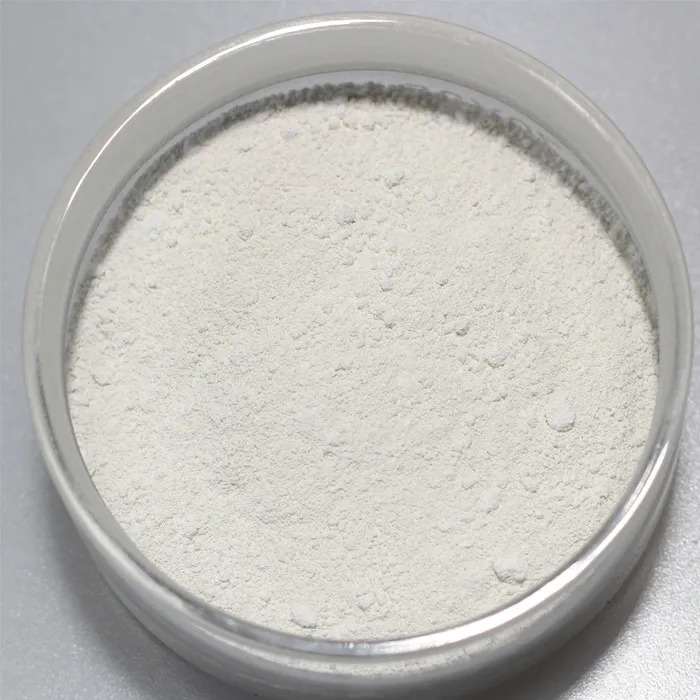Understanding Plastic Additives Enhancing Performance and Versatility
Plastics have become integral to our daily lives, found in everything from packaging materials to automotive components. However, the basic properties of raw plastics often require enhancement to meet specific performance criteria. This is where plastic additives come into play. These additives, which can be natural or synthetic compounds, are incorporated into plastics to improve their properties and functionalities, making them suitable for diverse applications.
Plastic additives can be classified into several categories based on their functionalities. One of the most common types is plasticizers, which are used to increase the flexibility and workability of plastics, especially polyvinyl chloride (PVC). By lowering the viscosity during processing, plasticizers allow for easier manipulation and enhance the end product's durability and longevity. Common plasticizers include phthalates and adipates, which have been widely used but are facing regulatory scrutiny due to health concerns.
Understanding Plastic Additives Enhancing Performance and Versatility
Fillers are also vital additives, added to improve the mechanical properties and reduce production costs. These materials, such as talc, calcium carbonate, and glass fibers, enhance the strength, stiffness, and thermal resistance of plastics. Fillers can also affect the appearance and texture of the finished product, making them essential in achieving desired aesthetics.
list of plastic additives

Antioxidants are essential additives that prevent oxidative degradation during processing and prolonged use. They impede the formation of free radicals and can extend the lifespan of plastic products significantly. Common examples include hindered phenols and phosphites. Similarly, flame retardants are added to certain plastics to reduce flammability and slow down the spread of fire, which is particularly vital in electronics and construction materials.
Colorants play a crucial role in plastic products, offering aesthetic appeal and branding opportunities. From simple dyes to complex pigments, colorants can be tailored to meet precise specifications, enabling manufacturers to produce vibrant, consistent, and durable colors.
Finally, processing aids are used to improve the flow and moldability of plastics during manufacturing. These include lubricants and anti-static agents that enhance processing efficiency and product quality.
As the demand for sustainable materials grows, the industry is witnessing a shift toward more environmentally friendly additives. Biodegradable plasticizers, natural fillers, and non-toxic stabilizers are being explored, driven by regulatory pressures and consumer preferences for eco-friendly products.
In conclusion, plastic additives play a pivotal role in enhancing the performance and versatility of plastic materials. By understanding the various types of additives and their functions, manufacturers can design products that meet the demanding performance requirements of modern applications, resulting in innovative solutions that cater to a dynamic marketplace.

